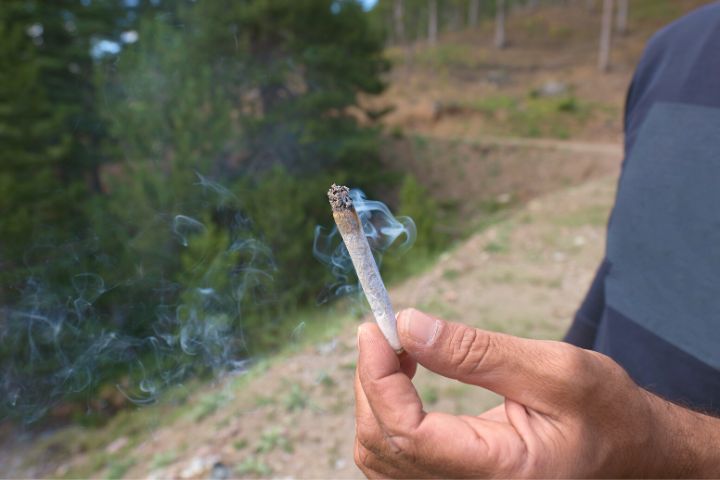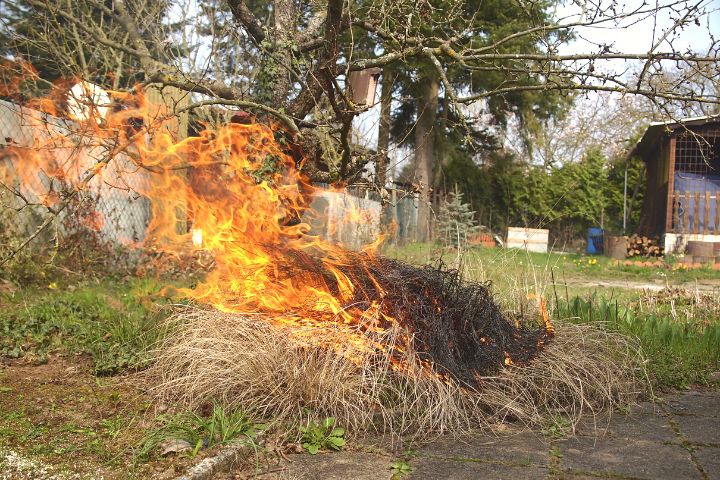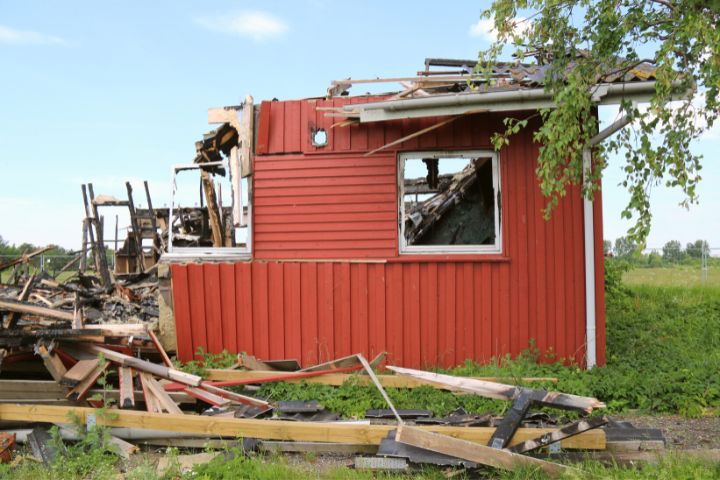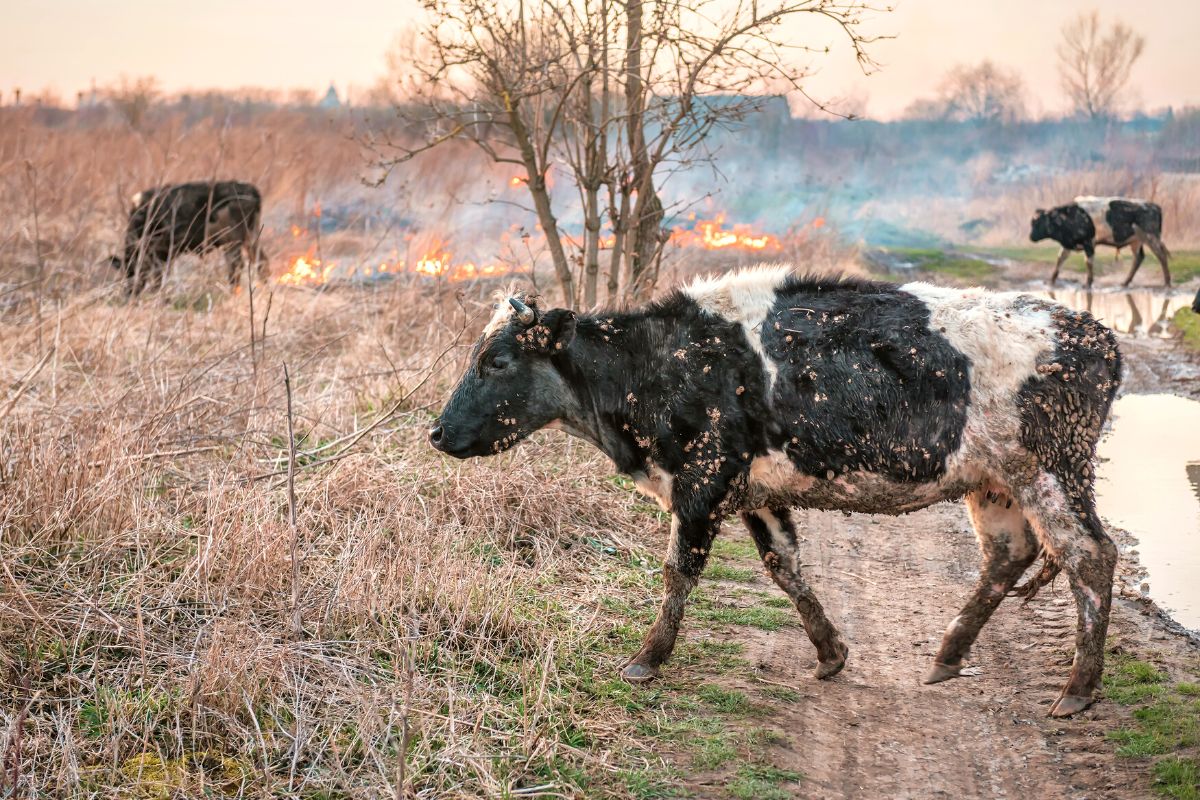How to Build an Effective Bushfire Plan for Your Farm
So – you’re finally making the big investment into setting up your very own farm. It’s an exciting time filled with endless opportunities for success and investment. That being said, owning and operating a farm comes with great responsibility, especially in a region that’s extremely prone to bushfires.
Every Australian farm needs an effective bushfire plan to ensure that in the case of a fire outbreak, you, your livestock, and your property are adequately protected.
What is a bushfire?
A bushfire is generally an unplanned fire that burns through areas of vegetation and includes not just forest fires but also grass and scrub fires. Bushfires are considered a natural occurrence in the Australian environment and have been happening for thousands of years. That being said, bushfires have the potential to cause significant damage to lives and the environment – especially on your farmland.
At any time of the year, there is always some part of Australia that is prone to bushfires. In northern Australia, bushfires mostly occur during the dry season, generally throughout spring and winter. In the southern parts of Australia, bushfire season may peak in summer and autumn.
While these are customary peaks of the bushfire season, experts agree that out-of-season events are becoming increasingly common. Also, other not naturally occurring conditions can increase the chances of dangerous bushfires at any time of the year. This is why it’s extremely crucial to understand the causes of bushfires in order to be fully prepared.
Causes of Bushfires
There are two categories of how bushfires can start – natural causes or manmade causes (or accidents). The two factors can also work together to cause bushfires since they’re more likely to occur in certain weather conditions.
Factors that affect bushfires

Fuel
If there is a greater presence of fuel, then there is a greater risk of bushfires. “Fuel” in this case refers to anything flammable that has the potential to catch and spread a bushfire. This includes:
- dry leaves (accumulation of leaves, twigs, bark and rubbish on the ground)
- ground cover (shrubs, grass, seedlings)
- trees
- other vegetation
- structures (such as stables, houses, sheds etc.)
- any other object that is flammable such as gas bottles, firewood, tyres, etc.
It’s very important to note that farms have an extremely large amount of “fuel” items, which makes them very vulnerable in the case of a bushfire.
Weather
The weather has a significant impact on how severe bushfires can be. A bushfire is more likely to start and spread rapidly in hotter and drier conditions. In fact, most bushfires start in the afternoon, when it is driest and hottest. Wind can also increase the spread of bushfires as it influences a fire’s direction and can push flames onto additional fuel sources, increasing the size, speed and intensity of the fire. Wind can also transport embers which are the main cause of property damage during a bushfire. Moreover, wind can also dry out the air causing low humidity levels, which increases the danger of dry lightning (lightning from a storm that brings little or no rain) starting a bushfire. So if your farm is in a dry, hot and windy area, be sure to have your bushfire plan in place.
Topography
The slope of the land, or topography, is a significant influence on bushfire behavior. Simply put, a bushfire will advance up an incline much more quickly than it advances down a slope. The rate at which a bushfire spreads actually doubles for every 10 degrees that a slope rises, all other things being equal.
Human Activity
While bushfires have been occurring naturally for a very long time, many fires are started by human activity, especially in areas where they are not as likely to occur naturally. A few of these man-made causes are:

- Burning Debris: Burning yard waste is fairly common and also permitted in most areas. That being said, if not managed properly, it can get out of control and result in fires, especially in windy areas which can cause flames to spread from burning debris into nearby fields, farms, or woods.
- Unattended Campfires: Campfires left alone without supervision can quickly get out of hand. Therefore, it is advised to pick a secure location for a campfire that is far from combustible materials. It is also recommended that campers come equipped with a shovel and container of water in case of an emergency.
- Equipment Failure/Engine Sparks: Hot sparks can fly out of a running engine when something goes awry. In a field or a woodland, a vehicle’s small engine sparks could turn into high flames.
- Cigarettes: Another typical cause of flames is smoking. The cigarette bud is frequently thrown on the ground when it is still smoking. This small item can cause big problems as even the tiniest ember from the butt can light other fuel items on fire.
- Fireworks: Fireworks are enjoyable to watch, but when amateurs are handling them, extra caution must be exercised. Even if there is a slight possibility that fireworks could initiate a wildfire, they should be avoided, especially in areas with heavy vegetation.
- Arson: The last and most unfortunate cause of bushfires is arson, which is the deliberate setting of anything on fire with the purpose of causing harm or damage. In cases of bushfires or wildfires, arson is most often done by owners of the property themselves in an attempt to get an insurance payout. So it’s not likely something you’ll have to worry about for your farmland.
Dangers of Bushfires
Just like there are a variety of causes of bushfires, there are also a variety of consequences.
Damage to agriculture
Bushfires have the potential to destroy not just entire forests, but entire farms as well. Fires can ruin a farm’s infrastructure and equipment, as well as existing crops and animals. Bushfires also completely ruin the soil in the areas affected. Soils contain nutrients and debris that support healthy growth of vegetation and crops. Wildfires heat the soil to a point at which all the nutrients are lost, leaving the ground barren. In these scenarios, there is a great financial loss to the farmers as their source of income is lost, and they have to rebuild their farms from scratch which is a huge investment. Their loss is also a great loss to the economy.
Loss to ecosystems
As farmers lose their lands, animals also lose their homes. Bushfires cause great damage to forests, destroying all trees and plants in their path. Not only do animals lose their habitats, but also their food sources. If they don’t lose their lives from the fires, they may not be able to survive without the required ecosystem. Moreover, wildlife and vegetation are crucial for human beings, as trees and plants provide the environment with oxygen. Bushfires also cause huge amounts of smoke into the air. The more bushfires that occur, the more our environment becomes damaged and dangerous.
Health impact

Smoke and ash released into the air have the potential to create not just long-term effects, but also immediate health problems. Pollution from fires can aggravate allergies and also cause long-term throat and lung damage, and impaired vision to those in affected areas. Because smoke can take a long time to clear, constant exposure can lead to severe health conditions.
Loss of livelihood
In the worst cases, human lives can also be lost to bushfires. This is especially likely in highly populated areas that are prone to fires. Moreover, these areas are likely to see a greater loss of homes and infrastructure, as large bushfires can radiate heat that can be felt more than 100 meters away and have the potential to melt or break objects like vehicle parts, glass windows, etc. This level of destruction can take many years to rebuild.
How to Manage Bushfires – An Effective Bushfire Plan
In Australia, there is always a danger of bushfires. The start of a long, hot summer and the officially designated fire season are the ideal times to be proactive and make preparations for bushfires for anyone who lives on or manages a small farm. The best defence against bushfires and grass fires is to have a fire management strategy in place to protect your home, machinery, livestock, and most importantly, your loved ones.
There are three important components to bushfire management: preparation, response and recovery. If you have these three pieces of the puzzle in place, you’ll be ready for any emergency fire situation that comes your way.
Preparation
Because it is known that Australia is prone to bushfires, and that farms are particularly susceptible to damage, the most effective way to prevent damage is to prepare. There are many precautions that can and should be put into place before any threat of fire emerges in order to minimize costly damages and loss of life.

- Smoke detectors are a standard item in building codes all over Australia. Some states are moving towards making hardwired alarms with backup battery compulsory. Smoke alarms should be installed throughout the entire building and checked at least once per month. Batteries should be replaced at least once per year.
- Share and post emergency numbers in a location accessible by everyone on the farm.
- Place fire extinguishers in all places which are most likely to be the target of a fire outbreak. Check extinguishers regularly and discard damaged or used ones.
- Store medications, pesticides, and other substances in a secure area away from heat sources and combustible materials.
- Reduce your fuel. Keep trash and other flammable materials like hay, lumber, logs, and used feed sacks out of structures and stables. Keep areas clear of grass, weeds, and other debris as these can act as fuel. Keep grass short.
- Be sure to avoid fire hazards when building your farm.
- Make sure your farm has an adequate water supply and keep irrigation sources clear of combustible material.
- Park farm vehicles and implements away from easily flammable materials such as hay stacks and fuel storage containers.
- Avoid using electrical or petrol equipment on hot and windy days. In the event that you must use machinery in such conditions, make sure it is in good working order and bring fire suppression tools like a working water, dry chemical fire extinguisher or a water-filled knapsack spray pump.
- Obtain fire insurance.
- Conduct regular inspections and fire drills.
- Store petrol and fuel safely away from buildings, ideally in a shed.
- Ensure access/exit points are clear of obstruction and can be operated with ease, especially for moving your animals.
- Trim branches away from power lines.
- Establish firebreaks. The spread of fires can be slowed or stopped by firebreaks which are cleared paths that prevent fire from reaching valuable assets like crops, animals, or structures. Effective firebreaks are at least 15 meters wide.
Response
In the case that a bushfire manages to infiltrate your farm, it’s important to remain calm and remember all the precautions that you have put into place for this exact situation. At the moment, there are additional actions you should take to protect yourself, other family members or employees, your property and your animals.

Make sure to:
- Aim to get out as quickly as possible, but safely.
- Because smoke rises, to prevent breathing in smoke and gasses, keep your head down and cover your mouth with a clean cloth.
- Close as many doors behind you as possible when escaping rooms to slow the spread of fire.
- If you’re trying to enter a room, check if smoke is pouring in the room at the bottom of the door, and if the door feels hot. If so, keep it closed and move on.
- If you are stuck, open a window to escape. If you can’t escape and are waiting to be rescued, open the window for fresh air.
If you are able to successfully escape from the fire, and you do have time to evacuate your animals, do so with caution. Unfortunately, you may not be able to save some animals as they may refuse to leave, or may even run back into a burning barn or building. To prevent the latter, make sure to close as many access points to dangerous areas.
If you remain on your property, remember to take additional steps to protect yourself from the elements such as smoke and fumes. You should keep the following accessible:
- Cotton long-sleeved shirt and pants
- Wool socks and sturdy leather boots
- Leather gloves
- A face mask or towel to cover your mouth and nose
- Goggles for eye protection
Recovery
Once the worst is over, there are still precautions that need to be taken in the recovery stage of a bushfire.

- Do not enter damaged buildings – only return to your property permitted by authorities.
- Always cut off all utilities and electrical power until a complete safety inspection has been completed.
- Consult someone from the local emergency services regarding legal clean-up procedures.
- If you think hazardous materials may have been released during the fire, notify proper authorities and place warning signs on possibly contaminated areas.
- Keep farm animals away from potentially contaminated food and water sources. Ideally, you should have a completely fresh stock of water and feed for them, until other sources are deemed to be safe.
- Wear full-body protective gear when walking around damaged or contaminated areas. That includes head-to-toe protection such as steel-toed boots, a hard hat, respiratory protection, long sleeve shirts, long pants, gloves and other protective clothing.
- Consult your insurance company to find out what wildfires are insured for. Take photos of any damage, and make an inventory of any damaged buildings, materials, machinery, and supplies. Keep all receipts for fire loss-related expenditures.
- Examine any animals that have been subjected to heat, smoke, or burns from wildfires. Animals may need to be sprayed with water to cool them off.
Now that you have all the information you need to make an effective bushfire plan, you should have a written document that takes into account your farm’s respective needs and components. You should also revisit the plan every year to make sure everything is up to date, and all your family and employees are aligned.

